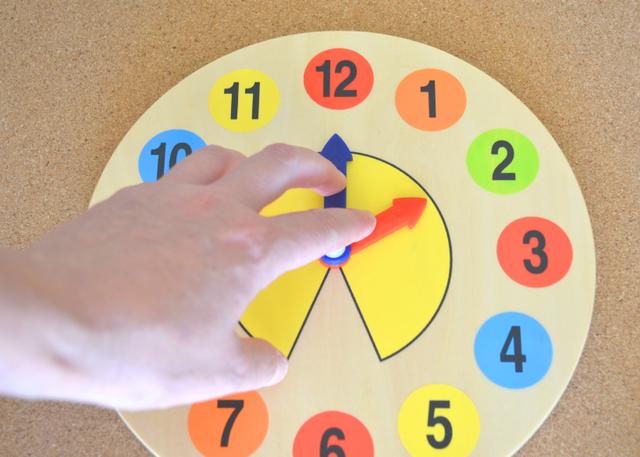| Complexity level: | 5 |
| Time required: | Additional time is required for recruiting participants and preparing materials. |
| Safety concerns: |
Overview
Scientific Terms
Materials
Procedure
References
Related video
Hey there! Here are some awesome videos about this science project that we think you'll really like. They're not only super fun, but they'll also help you learn more about the science behind the project. So sit back, relax, and get ready to have some fun!!

